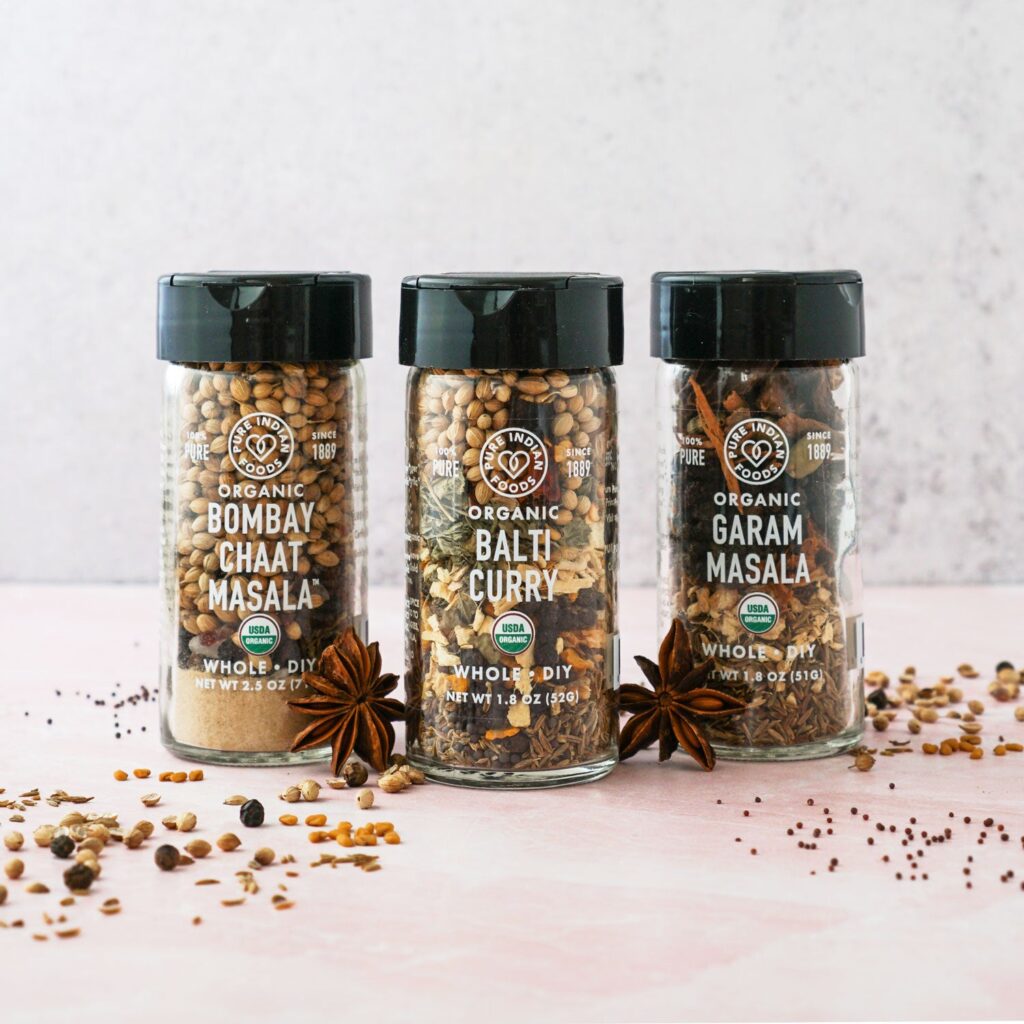Cumin, coriander, and turmeric are versatile and delicious spices that not only add flavor but also offer numerous health benefits. Cumin is a good source of iron, manganese, calcium, magnesium, and phosphorus. Coriander is a good source of vitamin K and antioxidants that help to prevent chronic diseases. Turmeric is high in antioxidants and its active ingredient curcumin has anti-inflammatory properties that may treat and prevent various health conditions. These spices can be used in various dishes, such as chili, hummus, guacamole, curries, and soups. So, spice up your life with cumin, coriander, and turmeric!
Spice Up Your Life: The Magic of Cumin, Coriander and Turmeric
The Nutritional Value of Cumin
Cumin is a spice that is widely used in Indian, Middle Eastern, and Mexican cooking. It has a warm, nutty flavor with a hint of bitterness. Besides being a popular spice, cumin is also packed with nutrients.
Cumin is a good source of iron, which is essential for carrying oxygen to our cells. Just one tablespoon of cumin seeds contains 4.4 milligrams of iron, which is nearly a quarter of the recommended daily intake for women. Cumin also contains manganese, which helps to support our metabolism and bone health, and is a good source of calcium, magnesium, and phosphorus, all of which are important for strong bones.
The Nutritional Value of Coriander
Coriander, also known as cilantro, is a herb that is commonly used in Asian, Latin American, and Middle Eastern dishes. It has a fresh, citrusy flavor with a hint of sweetness. Along with its delicious taste, coriander is also loaded with nutrients.
Coriander is a good source of vitamin K, which is necessary for healthy blood clotting and bone health. Just one tablespoon of coriander leaves contains 8 micrograms of vitamin K, which is 10% of the recommended daily intake for adults. Coriander is also high in antioxidants, which help to protect our cells from damage and may help to prevent chronic diseases such as heart disease, cancer, and diabetes.
The Nutritional Value of Turmeric
Turmeric is a spice that is widely used in Indian and Middle Eastern cuisine. It has a warm, slightly bitter flavor and a bright, golden color. Turmeric is famous for its anti-inflammatory properties, but it is also packed with nutrients.
Turmeric is a good source of iron, magnesium, and potassium, all of which are important for our body’s functions. It is also high in antioxidants, which help to protect our cells from damage and may help to prevent chronic diseases. The active ingredient in turmeric, curcumin, has been studied for its potential to treat and prevent a range of health conditions, including arthritis, Alzheimer’s disease, and cancer.
Ways to Use Cumin, Coriander, and Turmeric in Your Cooking
Cumin, coriander, and turmeric are versatile spices that can be used in a variety of dishes. Here are some creative ways to use these spices in your cooking:
- Add cumin to chili, hummus, or roasted vegetables for a warm, nutty flavor.
- Use coriander in guacamole, salsa, or stir-fries for a fresh, citrusy taste.
- Try turmeric in curries, soups, or smoothies for a vibrant yellow color and anti-inflammatory benefits.
In Conclusion
Cumin, coriander, and turmeric are not only delicious spices, but they are also loaded with nutrients that are essential for our health. By incorporating these spices into our cooking, we can add flavor, color, and nutrition to our meals. So, spice up your life with cumin, coriander, and turmeric!
